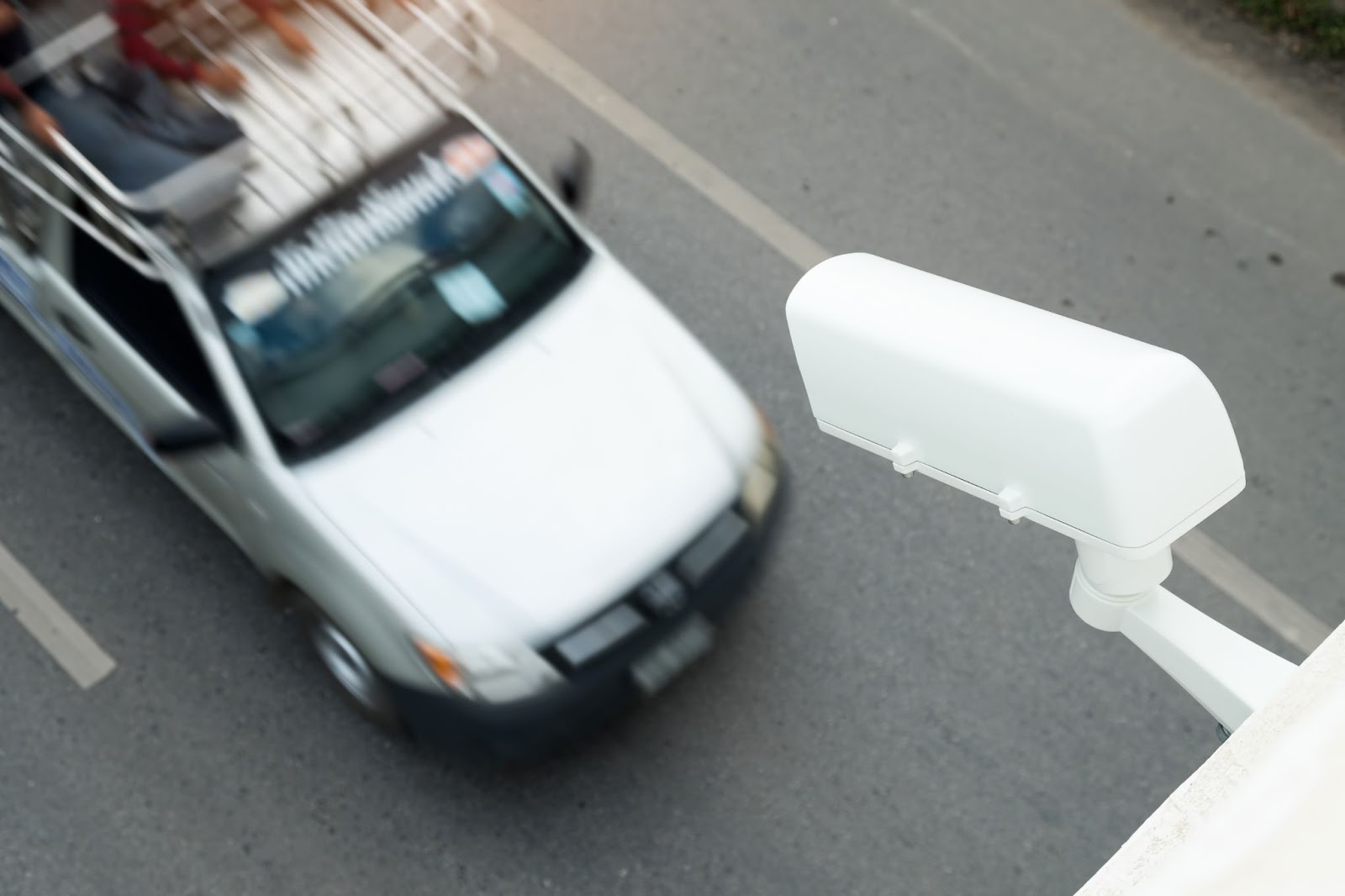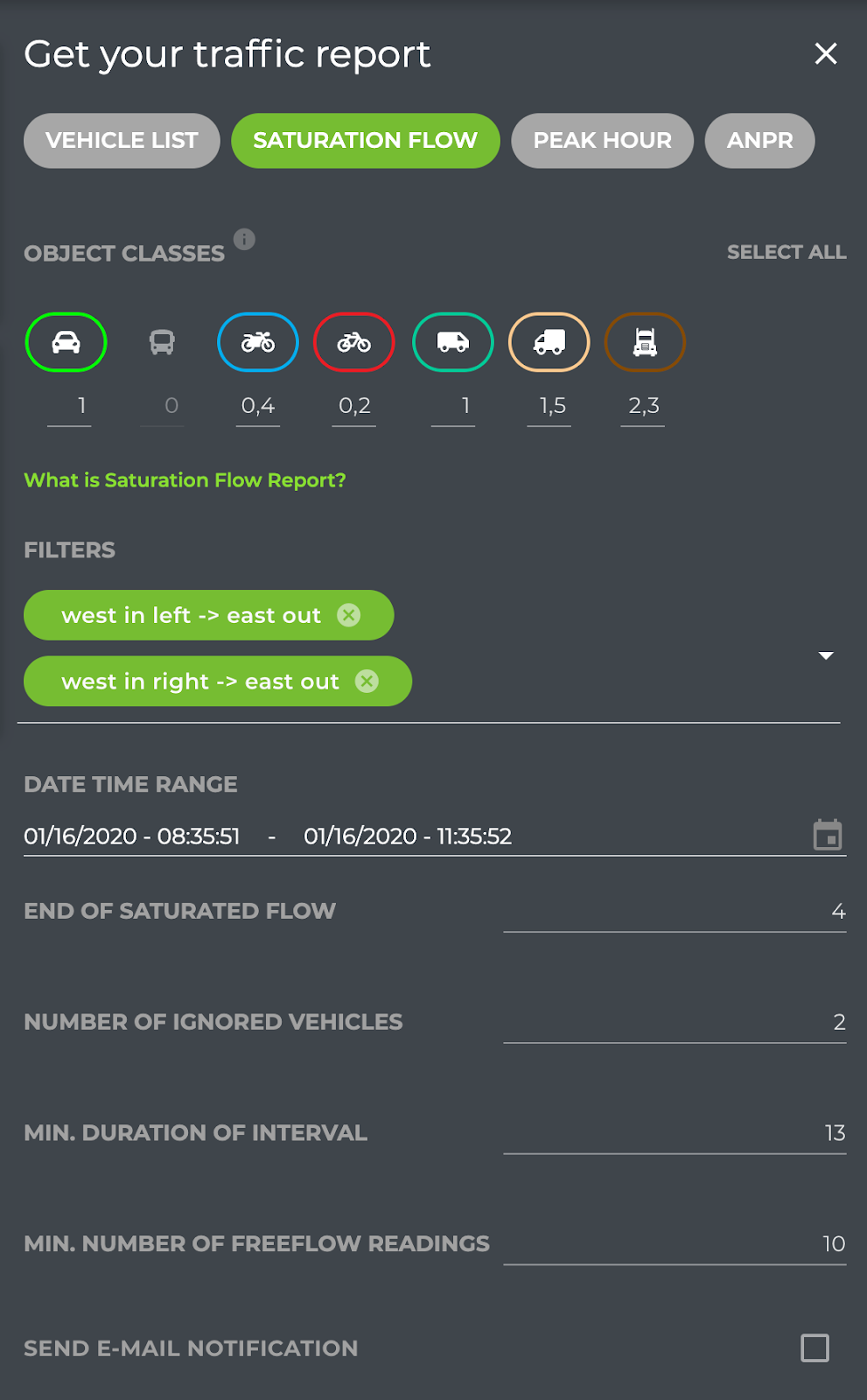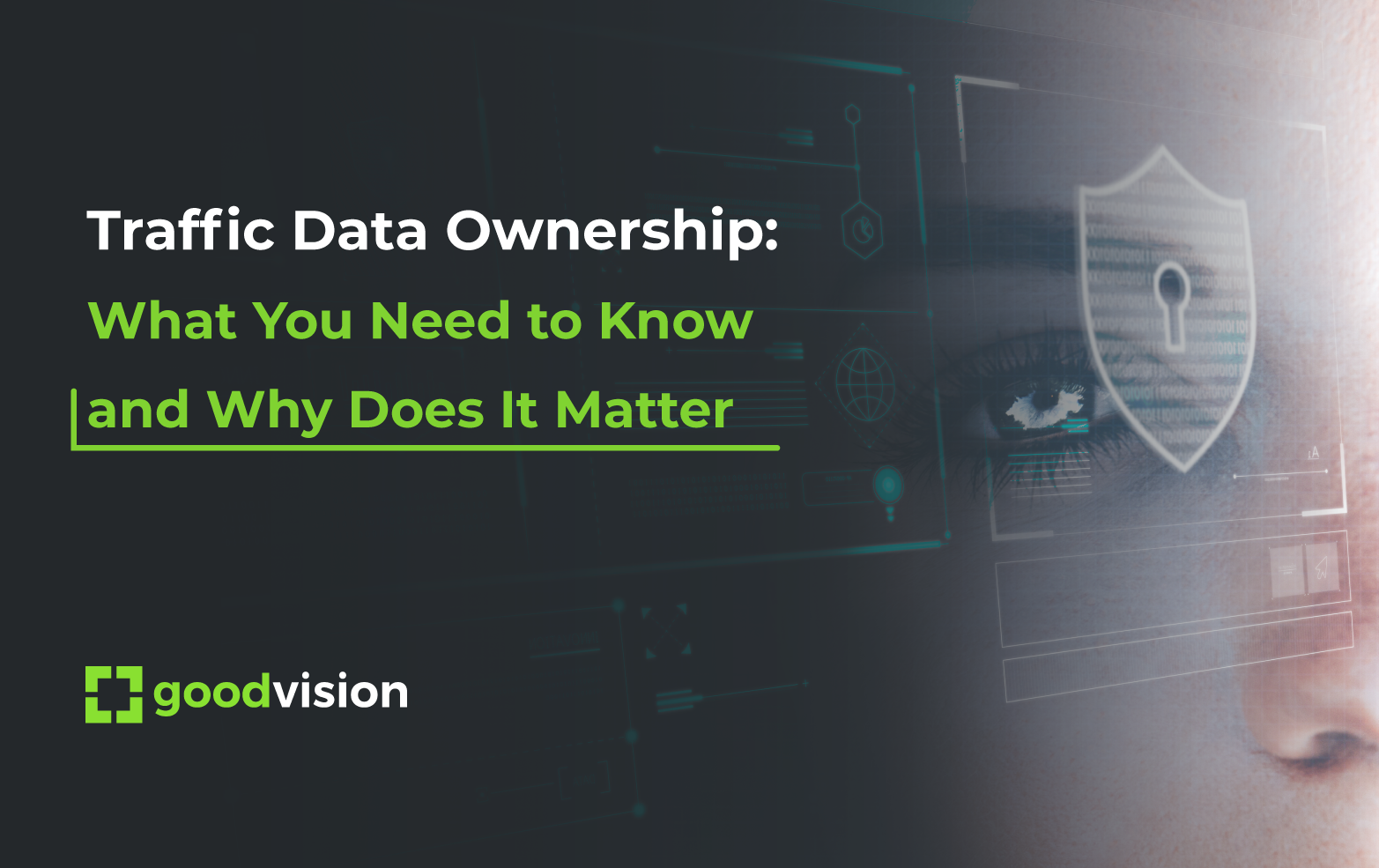Toward Traffic Data Ownership: What You Need to Know & Why Does It Matter
The global data science platform industry is expected to grow to almost USD 700 billion by 2030, which proves best that more and more businesses are realising the potential of data. This includes transportation departments and mobility firms seeking to optimise their operations. After all, there’s no lack of use cases for data in traffic engineering, from calculating saturation and gap times to analysing the impact of infrastructure and vehicle types.
But despite the soaring interest in data science in traffic management, few care to ask themselves the most fundamental question: who owns all that data?
Finding the answer is only the beginning, as it brings many new considerations to light. Data protection, storage, sourcing, access, accountability… All these matters must be addressed to ensure the success of any data-driven project without compromising security.
To get you started with the topic of data ownership, we’ll cover these points specifically from the standpoint of traffic engineering and automated mobility analytics.
What is data ownership?
Data ownership can have two different definitions that vary depending on the perspective:
- For users, data ownership means compliance with regulations such as GDPR/CCPA, and as such, is related to the topic of data privacy. In this understanding, the data owner is the individual whose data is collected.
- For businesses and organisations, the term refers to managing data internally, ensuring its security, establishing distribution rules, and other data-related operations and policies. Here, the data owner is a person within the organisation responsible for these tasks.
In traffic management, both definitions are meaningful. Traffic records can be highly sensitive, and everyone—surveyors, traffic engineers, and analysts—who deal with them are legally bound by data privacy policies.
Aside from ensuring compliance, a transparent and well-coordinated traffic data administration structure can help mobility organisations operate with better visibility, accountability, and efficiency.
Where does traffic data come from?
Traffic modelling utilises diverse traffic data sources, each with its own uses, characteristics, and privacy concerns. Understanding all of them is important for proper data ownership and management.
Traffic video analytics
Recordings and live footage from CCTV camera networks or drones can provide a traffic engineer with continuous, complex, and also real-time traffic data. It’s a valuable source that offers surveyors and engineers visual insight into multiple traffic metrics: vehicle type, speed, direction, driver behaviour, gap acceptance, delay and occupancy time among others.
One issue is privacy. Recognisable features such as drivers’ faces can be retrieved from recordings, allowing for the identification and misuse of personal data. However, modern traffic management software can automatically anonymise the footage without degrading its quality.

Connected car data
Here, traffic data is extracted from onboard sensors and telematic devices installed in commercial vehicles such as buses or delivery trucks. Data can also be collected from car systems with an internet connection. In addition to traffic metrics like travel time and speed, these sources can offer a peek into the technical data of individual vehicles, such as component usage.
Still, although non-commercial connected cars are getting more common, data availability may be an issue. Connected car owners will also have to agree to have their data collected.
Mobile data
Also referred to as floating cellular data, this source grants analysts access to road traffic data gathered from mobile devices with location tracking turned on.
The problem with data collected this way is that it can be misleading: for instance, at times, it can be difficult to tell whether a tracked vehicle is a slow-moving car, a bicycle, or a running pedestrian. Moreover, mobile device location requires user consent, and as privacy concerns grow, users may be reluctant to give it.
Toll payment systems
RFID transponders placed in cars enable fast tolling and location tracking. While this is a practical and affordable solution, the scope of this data may be geographically limited and dispersed, as tolls are often managed locally.
As for privacy, some municipalities (like New York) use transponder readers to track drivers. Even though users consent to have their data collected when they register the device, they don’t expect that to happen outside toll roads, which may raise privacy concerns.
Traffic flow sensors
Roadway sensors use a variety of technologies to collect data about passing vehicles. It’s a simple method, which is both a disadvantage and a benefit.
On the one hand, the coverage of traffic sensors is limited to the location, speed, and weight of the vehicle, and the device cannot discern the same vehicle moving between various locations. On the other, sensors are incapable of collecting personal data, so surveyors don’t need to be concerned about privacy violations.
Why data ownership in traffic engineering matters
Most traffic data analytics firms receive footage from their clients and process it internally to produce reports and insights. These ready-made reports, although detailed, don’t always correspond to the particular needs of the traffic engineer who’ll be using them. The limited scope of these reports also makes it more difficult to develop new insights.
Another approach is to give traffic modellers full control over their data and the tools they need to process it. This is based on the belief that they know best what datasets they have, what kind of information they need, and what hypotheses they want to test. Data ownership allows them to work with exactly the data they want rather than scattered traffic metrics.
Traffic data ownership — our approach
Since in GoodVision, we specialise in collecting and analysing road traffic data in video format, we’ll approach the topic of data ownership from this perspective. We give our clients full control over their data to ensure data security and enable them to get the most from the collected records. How does it work?
A private account with data backup
The client's video traffic survey is sent to a private HTTPS channel assigned to their GoodVision account. All projects and uploaded traffic data are available there and can be accessed from any device without worrying about losing all work due to hardware failure.
Only authorised access to traffic records
All data is stored on the client’s region's Amazon Web Services cloud server. Optionally, we can deploy the storage on-premises for clients who want to keep their records on-site. Only the clients and users authorised by them can access that data.

Anonymised traffic data handled by automation
Then, the traffic video is processed. This stage is fully automated, which means that no humans are involved. Another benefit of the automated approach is that all extracted data is anonymous. Only the physical aspect of the footage is extracted in the form of vehicle trajectories, so identifying traffic participants is impossible.
Delete or keep in a vault
Once the processing is finished, the footage is deleted unless the client explicitly chooses to save it for later using GoodVision Vault. After that, our Video Insights platform works exclusively with the extracted, anonymous traffic data.
We don't share your data
From submission to deletion, the data, client details, or statistics aren’t shared with third parties at any point. GoodVision can only use images or aggregated data to improve the algorithm specifically for use in the client’s project.
The benefit of traffic data ownership
Thanks to the considerate approach to data storage and management that we exercise, our clients can not only manage the data they submit to our platform but also process it on their own.
To give an example, GoodVision Video Insights allows extracting road traffic data from video footage in the form of several detailed reports:
- Traffic movement counts report — Covers travel volumes for selected traffic events and scenes (road, intersection, roundabout).
- Vehicle list report — Provides details—type, time gap, speed, etc.—about individual vehicles for the set scene.
- Saturation flows report — Offers information about the capacity of a junction relative to the number of vehicles passing through it.
- Origin-destination matrix report — Focuses on types of vehicles moving through specific areas of the scene.
- Peak hour report — Helps users identify the most traffic-intense time period for the selected scene.
- ANPR report — A vehicle list including all readable licence plate numbers.
To get the maximum value from data, users can freely adjust any parameter of each report. For instance, in the origin-destination matrix report, a traffic engineer can manually set the entry and exit areas and select only the movements they are interested in. This allows them to track the movement of each vehicle class for specific lanes or sections of a scene.
In saturation flow reports, one can choose which vehicle class should be tracked and what value each of them has (e.g., trucks may have a value of 1.5 since they’re roughly half longer than passenger cars). Combined with visualisation, this helps modellers better understand the traffic composition at the selected junction and how each vehicle type contributes to its efficiency.

You can freely adjust GoodVision traffic data reports to extract exactly the data you need
All these reports give a 360° insight into the traffic situation. In addition to traffic metrics, they include the visualisation of all vehicle trajectories for the selected time period. This way, a traffic engineer can see what is happening on the analysed road scene rather than relying only on raw statistics. It’s also a benefit for traffic survey companies, which can offer their clients a richer and more insightful source of traffic data.
-1.png?width=1600&height=521&name=pasted%20image%200%20(1)-1.png)
Trajectory visualisations make it easy to track traffic lane by lane
Finally, by selecting what data engineers want to extract from the footage, they can prepare it for further analysis according to the favoured method. If, for example, a person has their way of estimating queue length, they can use our tools to extract precisely the records to use in the model. This way, they can continue to work with the tried and true methods without the need to adjust them to the available data.
Own your traffic data
Traffic surveyors, modellers and traffic managers should be in full control of their data for many reasons, some of which we explored above. But to do that, they need a reliable partner who will protect that data, provide tools to manage it safely and turn it into valuable and relevant traffic insights. Curious to find out more? Let’s get in touch!


